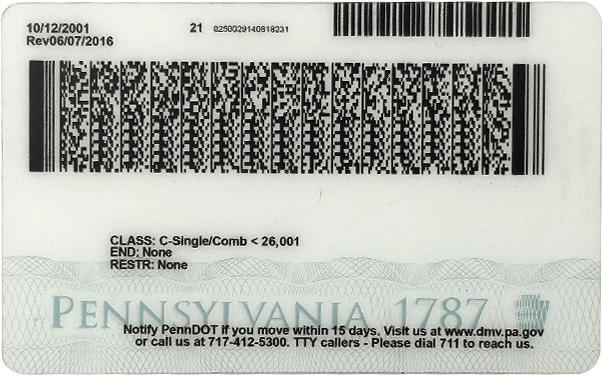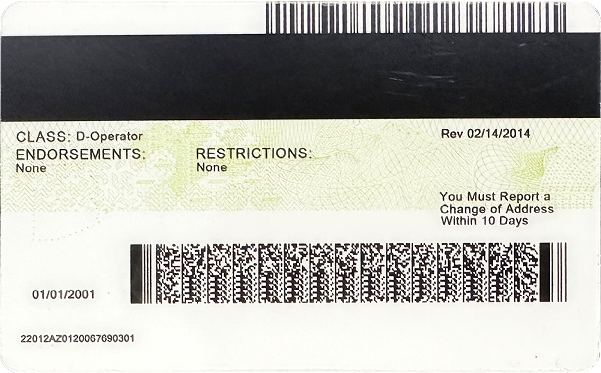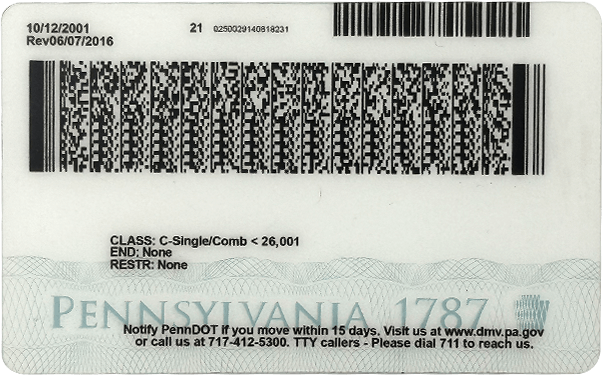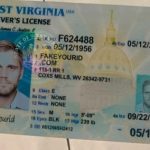Driver’s licenses are essential documents that serve multiple purposes, from allowing individuals to legally operate motor vehicles to serving as a form of identification. However, the rise of fake driver’s licenses is a concerning issue that has far – reaching implications for public safety, identity security, and the integrity of official systems. One of the most significant factors contributing to the spread of fake driver’s licenses is social media.
The Prevalence of Fake Driver’s Licenses
Fake driver’s licenses have been around for a long time, but with the advent of modern technology, they have become more sophisticated and easier to produce. Counterfeiters are now able to replicate many of the security features of real driver’s licenses, such as holograms, microprinting, and barcodes. These fake licenses are used for a variety of illegal purposes, including underage drinking, identity theft, and fraud.
Social Media as a Platform for Promotion
Social media platforms have become a breeding ground for the promotion of fake driver’s licenses. Counterfeiters use platforms like Facebook, Instagram, Twitter, and TikTok to advertise their services. They post images of fake licenses, testimonials from satisfied customers, and contact information for interested buyers. Some even offer custom – made licenses with specific details such as age, name, and photo.

One of the reasons social media is so effective for promoting fake driver’s licenses is its reach. These platforms have billions of users worldwide, providing counterfeiters with a vast audience. Additionally, social media algorithms often prioritize engaging content, which counterfeiters can use to their advantage by creating eye – catching posts about their fake products.
Methods of Promotion on Social Media
- Hashtags: Counterfeiters use popular and relevant hashtags to make their posts more discoverable. For example, they might use hashtags like #fakedriverlicense, #idcardfake, or #fakeid for sale. This allows them to target users who are specifically searching for these illegal products.
- Direct Messages: They also use direct messaging to communicate with potential customers privately. This provides a more secure way for them to discuss details such as price, delivery, and customization without attracting the attention of social media moderators.
- Influencer Marketing: In some cases, counterfeiters may even collaborate with social media influencers. These influencers, either knowingly or unknowingly, promote the fake driver’s licenses to their followers, lending an air of credibility to the illegal business.
Consequences of Social Media – Promoted Counterfeits
The promotion of fake driver’s licenses on social media has several serious consequences. First and foremost, it poses a significant threat to public safety. When underage individuals use fake driver’s licenses to obtain alcohol, they are more likely to engage in risky behaviors such as drunk driving, which can lead to accidents, injuries, and even deaths.
Identity theft is another major concern. Fake driver’s licenses can be used to steal someone’s identity, opening up opportunities for criminals to commit fraud, access financial accounts, and engage in other illegal activities. This can have long – lasting and devastating effects on the victims, including financial losses and damage to their credit.

Moreover, the proliferation of fake driver’s licenses undermines the integrity of official systems. It makes it more difficult for law enforcement agencies to identify and prosecute criminals, as they may be dealing with false identities. It also erodes public trust in government – issued documents and the processes by which they are obtained.
Social Media Platforms’ Response
Many social media platforms have recognized the problem of fake driver’s license promotion and have taken steps to address it. They have implemented stricter content moderation policies, using artificial intelligence and human moderators to detect and remove posts related to the sale or promotion of fake licenses. They also encourage users to report any suspicious activity they come across.
However, the task of combating fake driver’s license promotion on social media is not without challenges. Counterfeiters are constantly evolving their methods to avoid detection. They may use code – words or encrypted messaging services to bypass content moderation. Additionally, the sheer volume of content on social media platforms makes it difficult to catch every single illegal post.
Legal Measures Against Fake Driver’s License Promotion
Governments around the world have also taken legal action against the production, sale, and promotion of fake driver’s licenses. In many countries, it is a criminal offense to possess, use, or sell a fake driver’s license. Law enforcement agencies work to identify and prosecute counterfeiters, as well as those who buy and use fake licenses.
International cooperation is also crucial in this fight. As fake driver’s license operations often span multiple countries, sharing information and resources between law enforcement agencies can help to disrupt these illegal networks. Interpol and other international organizations play a vital role in coordinating efforts to combat this form of fraud.
Common Problems and Solutions
Problem 1: Difficulty in Detecting Fake Driver’s License Posts on Social Media
Counterfeiters use various tactics to hide their illegal activities, such as using code – words or encrypted messaging. This makes it challenging for social media platforms to detect and remove all relevant posts.
Solution: Social media platforms can invest in more advanced artificial intelligence and machine – learning technologies. These can be trained to recognize not only explicit mentions of fake driver’s licenses but also code – words and other hidden indicators. Additionally, they can encourage more user reporting by making the reporting process more accessible and rewarding users who report legitimate cases.
Problem 2: Lack of Awareness Among Social Media Users
Many social media users are unaware of the risks associated with fake driver’s licenses or may not recognize the signs of illegal promotion. Some may even be tempted to purchase a fake license without fully understanding the consequences.
Solution: There should be educational campaigns on social media platforms themselves. These campaigns can use a variety of formats, such as videos, infographics, and articles, to raise awareness about the dangers of fake driver’s licenses, how to spot illegal promotion, and the legal implications of involvement. Social media influencers can also be enlisted to spread this important message to their followers.
Problem 3: Inconsistent International Laws
The laws regarding fake driver’s licenses and their promotion vary from country to country. This can create loopholes that counterfeiters may exploit, especially when operating across international borders.
Solution: There is a need for greater international cooperation to harmonize laws related to fake driver’s licenses. International organizations such as the United Nations and Interpol can play a leading role in facilitating discussions and agreements among countries. This would make it easier to prosecute counterfeiters regardless of their location and disrupt trans – national illegal networks.
Problem 4: Slow Response from Law Enforcement
Law enforcement agencies may sometimes be slow to respond to reports of fake driver’s license promotion on social media. This can allow counterfeiters to continue their illegal activities for an extended period.
Solution: Law enforcement agencies should establish dedicated task forces or units that are specifically trained to handle cases related to fake driver’s licenses and social media – based promotion. These units can work in close cooperation with social media platforms to ensure a more rapid response. Additionally, they can use advanced data – analysis techniques to proactively identify and target counterfeiters.
Problem 5: Evasion of Detection by Counterfeiters
Counterfeiters are constantly adapting their methods to avoid detection by social media moderators and law enforcement. They may change their websites, use new communication channels, or modify their product offerings.
Solution: Social media platforms and law enforcement agencies should engage in continuous research and development to stay ahead of counterfeiters. They can collaborate with experts in fields such as cybersecurity and forensic science to understand the latest trends and techniques used by counterfeiters. This knowledge can then be used to develop more effective detection and prevention strategies.
Fake ID Pricing
unit price: $109
| Order Quantity | Price Per Card |
|---|---|
| 2-3 | $89 |
| 4-9 | $69 |
| 10+ | $66 |



